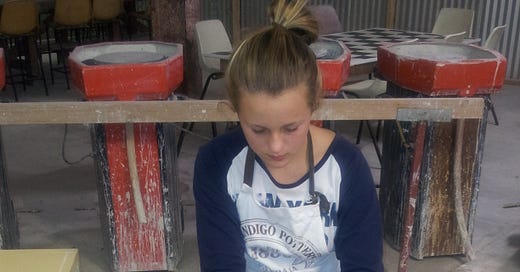THE DV STATISTIC YOUVE NEVER SEEN REPORTED
And the impact it has on how we support women who are victims of domestic violence.
In November 2022 the Western Australian Ombudsman released a report into "Family and Domestic Violence Suicide". The findings of the study were startling. Fifty-eight women over the age of 20, who ended their own lives in 2017, were known victims of domestic violence (police report, hospital attendance, violence restraining order). Victims of domestic violence accounted for 50% of all suicides by women.
To extrapolate this out to the whole of Australia, this means that 580 women, who are known victims of domestic violence end their own lives EACH YEAR.
The suicide rate in domestic violence victims is TEN times the rate of homicide. TEN TIMES.
These are crazily large numbers.
And yet, this is, in all likelihood, a gross underestimation. Many women do not report their abuse. In addition, for women, every death by suicide, means there have been about six times as many attempts.
Yet there is almost ZERO awareness of the risk women are to themselves.
In Molly’s situation, we had made safe exit plans, so she could escape if she was in danger. She had a small bag packed and stashed in a cupboard near the front door with her important documents and a change of clothes. We discussed how women were at most risk of dying by homicide at, or around, the time they were leaving.
Everyone knows that women are most at risk of homicide by their (ex)intimate partner when they decide to leave or have left. The national death toll (54 so far in 2023) is reported in the media and on all the socials. It is hard to not be aware of this appalling statistic.
But what if we all knew that women were TEN times more at risk of ending their own lives than by dying by homicide? What would we do differently?
If I had known this before Molly’s death there are two things it would have changed.
The first is my understanding of the impact of the abuse on her mind. Molly was so bloody strong, so resilient. You have no idea. Truly, I have never known a stronger woman. I didn’t know the RELENTLESSNESS of the abuse would be able to slowly break her down, making her helpless and hopeless, making her think she had no way out.
Thousands of vile abusive text messages. Day in. Day out. The constant threats that he would end his own life (remembering as Leslie Morgan Steiner, renowned author, and Washington Post alumni, points out what this really means is “I’ll kill you and if I have the courage I might kill me too, but definitely you”).
What would this do to any of us? How could anyone withstand this torture? How could anyone not want to do something to make it stop? It seems obvious now. But it certainly wasn’t before her death.
The second thing I would have changed is how I supported her. In addition to making safe exit plans, I would have encouraged ways for her to steel her mind. In Don Hennessy’s book “How he gets into her head”, he talks about how to do this. Women are used to being hypervigilant, walking on eggshells, but if they can make small changes in the way they think (even if they do not change their actions), they can start to turn around their downward trajectory.
In Molly’s case it might have started with something as simple as, “Every time he tells me I am stupid, I’ll replace it with the word smart. I will remember how I did 2 years of schooling in 18 months and won an art prize, and I’ll internally smile at how clever I am”. It may have also involved encouraging her to not read or respond to messages for a short period each day (if this was safe), to give her mind a break.
I ask you all to be aware of the impacts of domestic violence on a woman’s mind. Understand she is at more risk to herself than we originally realised. Help her turn the impact from the tide of abuse around in her mind. Help her to get mentally strong again. Help her to keep on living.





